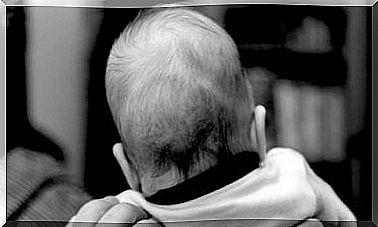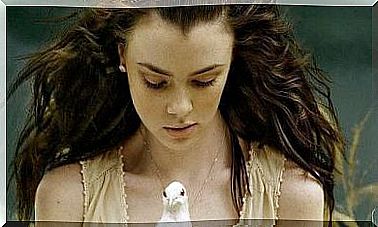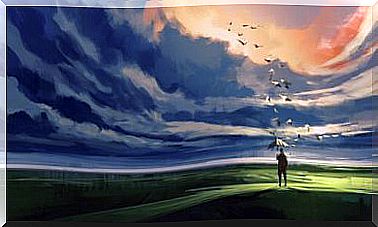Hanns Sachs And The Work Of Art In Psychoanalysis
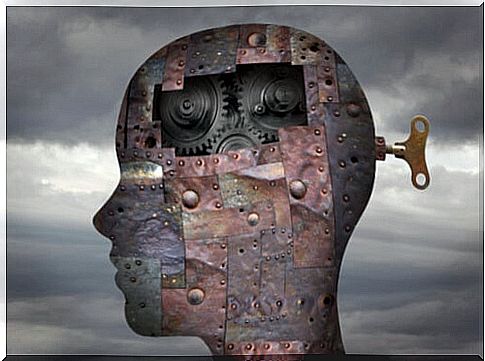
Hanns Sachs was one of those psychoanalysts who did not correspond to the traditional mold of the first generation of this current. Although his name is not so well known, he made important contributions to Freud’s doctrine. In particular, he was an excellent trainer of psychoanalysts and also applied psychoanalytic theory to the work of art.
Unlike his other peers, Hanns Sachs basically had a lighthearted attitude towards life. This allowed him to adapt gracefully to various situations and engendered sympathy, but it also elicited strong commentary from Freud on the matter. He had a great weakness for amorous seduction and was a lover of good wine and good food. Likewise, passionate about literature.
Hanns Sachs is also considered one of Sigmund Freud’s finest biographers . In this regard, he published some memoirs in 1945, in which his great affection and admiration for the father of psychoanalysis was recorded. This text was an obligatory reference for those who later wrote the history of this humanistic current.
Hanns Sachs, a lawyer who was a psychoanalyst
Hanns Sachs, like most first-generation psychoanalysts , came from a Jewish family. His father was a very prescient jurist, who enjoyed a solid financial position. Sachs was born in Vienna (Austria) on January 10, 1881, studied law at the University of Vienna and received his doctorate in 1904.
He practiced his profession without problem, but when reading The Interpretation of Dreams , by Sigmund Freud, he felt a growing passion for psychoanalysis. The impact that it caused him was so great that he wanted to delve into the doctrine. That is why he began to regularly attend Freud’s lectures. One day she decided to visit him and brought him a translation of Rudyard Kipling’s Ballads of Barracks as a gift .
Thus began a friendship that lasted forever. Hanns Sachs was fascinated by Sigmund Freud. He began to frequent it and in 1909 he became part of the famous Wednesday Psychological Society. There he became an orthodox follower of Freud’s theses, until the end of his days.
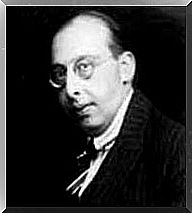
Psychoanalysis, pedagogy and art
Hanns Sachs also became part of the so-called “Secret Committee.” He was, without a doubt, one of Freud’s closest disciples. Together with Otto Rank he founded Imago magazine and became its editor from 1912. This magazine, emblematic of psychoanalysis, sought to extend Freud’s theses to all fields of the social sciences.
In 1920, Sachs settled in Berlin. There he began to carry out activities as a trainer of new psychoanalysts. An infinity of aspirants passed through his hands who saw in him a great pedagogue. In fact, Erich Fromm did his didactic psychoanalysis with Hanns Sachs. At that time the regulation of this work was very lax. So it was not uncommon for Sachs to go on vacation with her patients and their patients.
He had such admiration for Freud that he had a bust of him placed in his office, in front of the couch where he treated his patients. In 1925 he advised, together with Karl Abraham, the writing of a script for silent films. The result was the film The Mysteries of the Soul , which is considered the first film inspired by Freudian postulates.
A faithful disciple
Hanns Sachs was invited by the Boston Psychoanalytic Society to give some lectures in 1932. He took advantage of the situation to settle in the United States, as he foresaw the atrocities of the gradual rise of the Nazis. He also knew that American psychoanalysts were suspicious of those who practiced analysis without being doctors. So he demanded that he be guaranteed eight sessions a day.
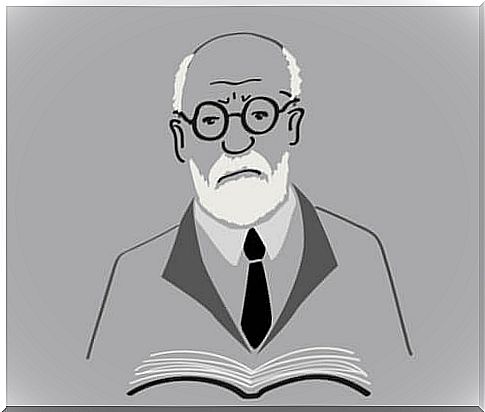
Although he was not without friction with orthodox psychoanalysts, Hanns Sachs was one of the migrant psychoanalysts who best adapted to life in the United States. He managed to consolidate a comfortable and luxurious life. That is why Freud, in one of his letters, refers to him in harsh terms, noting: “ the vulgar side that had always been present in him has become even more clear. A true new rich, fat, self-satisfied, pretentious, snobbish, enraptured by America or seduced by the great successes he has achieved ”.
Despite this, the loving biography that Hanns Sachs wrote about Freud shows that he always loved and admired his great teacher. Likewise, he was directly quoted by Freud in the work Psychology of the masses and on another occasion he called him “the only friend I have in the United States.” Sachs died on January 10, 1947 in Boston.





